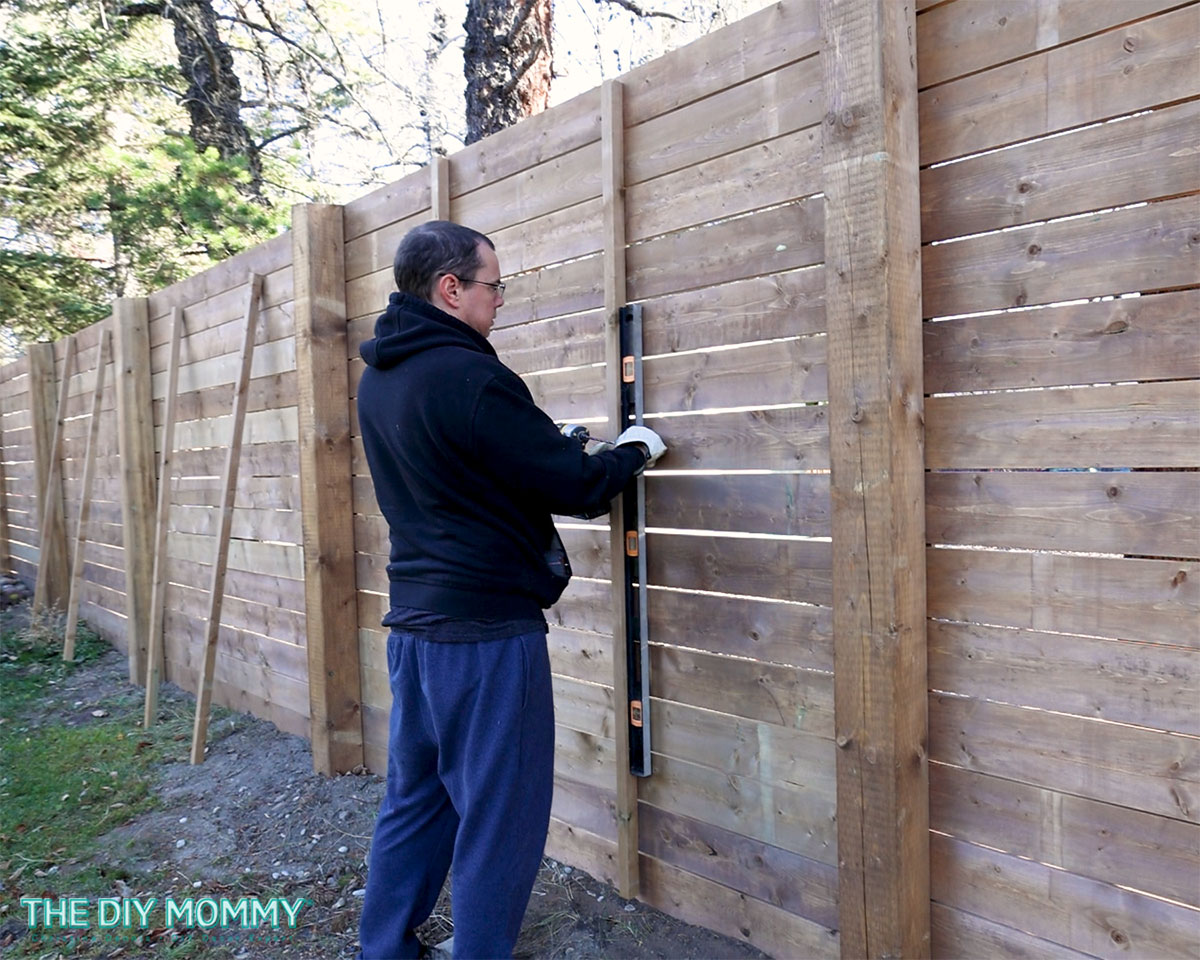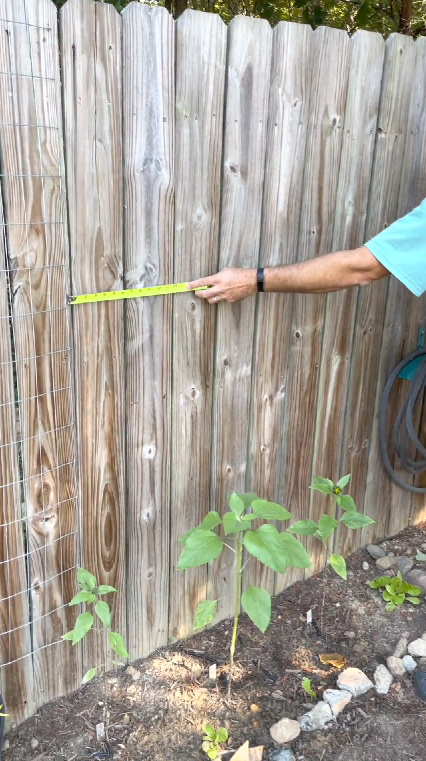Step-by-Step Guide to Mounting a Timber Fencing for Your Home or Residential Or Commercial Property
Setting up a timber fencing can dramatically boost both the performance and aesthetic appeal of your property. Comprehending these actions not just guarantees a tough installation but also contributes to long-term fulfillment.
Preparation Your Fence Setup
When starting the installment of a wood fencing, careful preparation is vital to guarantee a successful result. Begin by assessing the purpose of the fence-- whether it is for personal privacy, security, or appearances-- given that this will affect the style and format. Next, examine the property lines, taking care to confirm the borders via a survey or title deed to avoid conflicts with neighbors.
Think about local zoning property owners and laws' association guidelines, as these might dictate fencing elevation, style, and materials. It is advisable to get the required authorizations before starting work, as this can stop legal difficulties later on.
In addition, think about the terrain and dirt conditions of your building. Uneven ground might need extra modifications throughout installment, while rocky dirt could demand customized devices.
Last but not least, produce an in-depth strategy that includes measurements, the number of blog posts, and the spacing in between them. A clear layout will help with the installment process and make certain that you have all needed materials available. By sticking to these preparation actions, you can establish a solid structure for a successful wood fencing installment.
Picking the Right Materials
Selecting the ideal materials for your timber fence is critical to making sure sturdiness and aesthetic charm. The most common types of wood made use of for fencing consist of cedar, redwood, and pressure-treated want.
Pressure-treated ache is one more preferred alternative, as it is frequently a lot more budget friendly. Nevertheless, it requires routine upkeep and treatment to prolong its lifespan. When choosing wood, consider the environment of your region; for instance, areas with high humidity may gain from timber types with higher resistance to wetness.
In addition, you need to assess the fence design and purpose. A picket fence might call for different product requirements compared to a privacy fence. Go with thicker boards for architectural honesty, especially in high-wind areas. Finally, think about the coating; without treatment timber may require staining or securing to protect versus weather condition aspects. By thoroughly selecting your materials, you can make sure that your wood fencing will stand the examination of time while complementing your home's landscape.
Preparing the Installment Site

Preparing the installment site is a critical action in ensuring the successful building of your wood fence. Correct preparation not just facilitates a smoother setup procedure but also adds to the long life and stability of the fence.

If your site has irregular ground, think about leveling it or readjusting your fencing design as necessary. This is vital to avoid damages throughout installation and guarantee safety.
Installing the Fence Posts

Following, dig holes for each and every article, guaranteeing they are deep sufficient-- typically one-third the elevation of the article above ground-- to supply security. A depth of a minimum of 2 feet is advisable for a lot of fencings. The size of the openings must be roughly 3 times the size of the articles.
Use a level to ensure they are plumb, readjusting as required. Appropriately set up blog posts are crucial for maintaining the structural stability of the fencing, ensuring it remains protected and upright versus environmental anxieties. wood fence installation Fort Smith AR.

Adding Fencing Panels and Completing Touches
When the fence blog posts are firmly established, the following action involves attaching the fencing panels, which will specify the boundaries of your property. Begin by positioning each panel in between the messages, ensuring they are level and straightened.
After all panels are connected, inspect the whole fencing for any kind of imbalances or voids. Make modifications as required to ensure a consistent look.
Furthermore, using a safety sealant or discolor will enhance the wood's sturdiness versus weather elements, lengthening the life of your fencing. With these actions, your wood fencing will certainly not only offer its function efficiently but also enhance the total charm of your home.
Final Thought
In conclusion, the effective setup of a timber fence calls for mindful preparation, choice of suitable products, comprehensive website preparation, and exact implementation of installation methods. Correct maintenance post-installation even more extends the life and look of the wood fence.
When embarking on the installment of a timber fence, careful preparation is essential to ensure a successful result.Choosing the ideal materials for your timber fencing is important to making sure longevity and aesthetic appeal. A picket fence may need different product requirements compared to a privacy fencing.With the installation site effectively prepared, the next step entails establishing the fence messages, which offer as the foundation of your wood fencing.When the fence posts are safely established, the next action includes connecting the fence panels, which will specify the boundaries of your residential or commercial property.